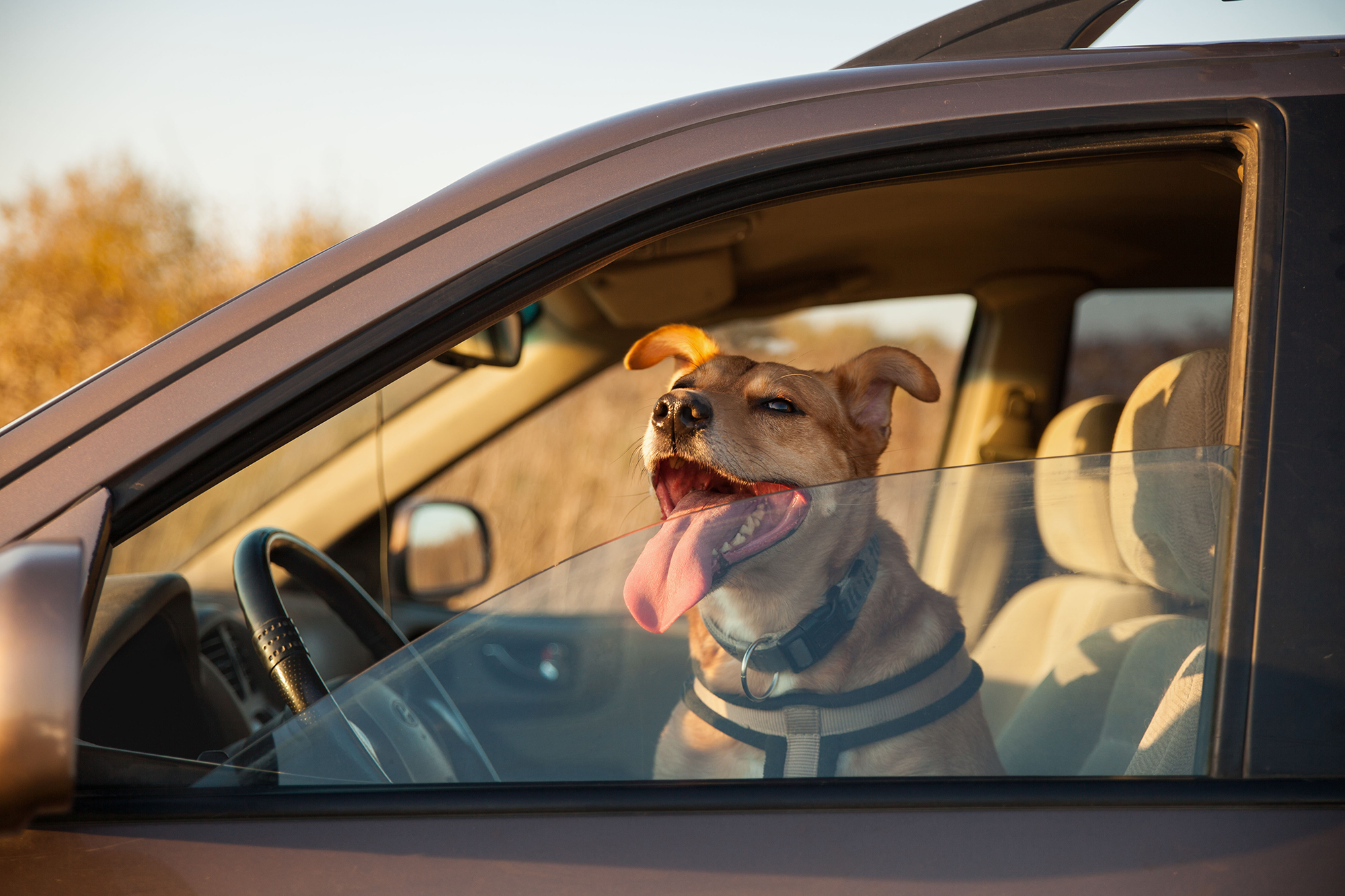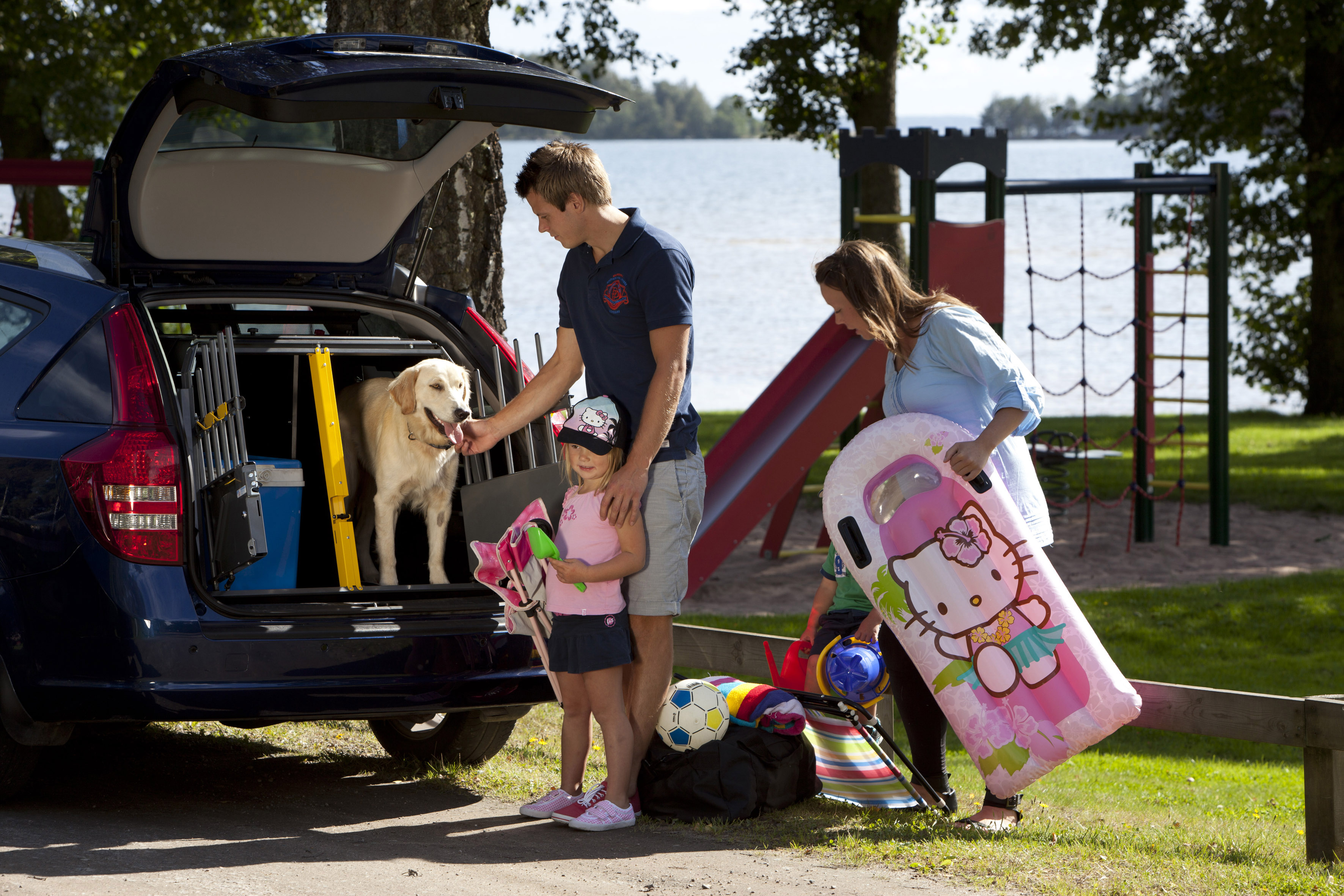Dogs die in hot cars. Astoundingly, people either don’t know this or do not take appropriate care of their dogs and every year dogs are found in hot vehicles, suffering or worse.
 People still believe that it is ok to leave a dog with windows left open or if they are parked in the shade, but the reality is that it’s still very dangerous for the dog. People often expect that they will only be a few minutes but get held up or bump into someone they know and are much longer than they originally planned. When the outside temperature is 22 degrees, the inside of a vehicle can reach 47 degrees within an hour.
People still believe that it is ok to leave a dog with windows left open or if they are parked in the shade, but the reality is that it’s still very dangerous for the dog. People often expect that they will only be a few minutes but get held up or bump into someone they know and are much longer than they originally planned. When the outside temperature is 22 degrees, the inside of a vehicle can reach 47 degrees within an hour.
People need to be reminded that it is NEVER safe to leave dogs in vehicles in hot weather, whatever the circumstances.
So what can you do if you see a dog in a hot car?
There are two scenarios to be aware of:
1. If the dog is displaying signs of heatstroke
Signs of heatstroke in dogs include:
• Heavy panting
• Excessive drooling
• Lethargy, drowsiness or a lack of coordination
• Collapse
• Vomiting
If the dog is showing any signs of heatstroke call 999 immediately.
If the police are unable to attend straight away and you need to break into the car to release the dog, be aware that this could be classed as criminal damage. You have a lawful excuse to commit damage if you believe that the owner of the vehicle would consent if they knew the reason for doing so.
To ensure that you are protected as much as possible:
1. Tell the police what you intend to do and why.
2. Take pictures or video of the dog
3. Gather names & contact details of witnesses
Once you have removed the dog, the following advice will help him/her to recover:
• Move him/her into the shade
• Douse the dog with cool (not cold) water or use wet towels to cool him/her
• Offer small amounts of water at a time
• Continue to douse the dog with cool water until his/her breathing starts to settle
• Stop if the dog starts to shiver
2. If the dog isn’t showing signs of heatstroke
- Try and establish how long the dog has been left ( “pay & display” tickets may help)
- Note the car’s registration
- If the circumstances allow, ask venue staff to make an announcement asking the owner to return to their vehicle
- Stay with the dog
- Call 999 immediately if their condition deteriorates and follow the guidance above
If the owner returns before the dog is distressed but you feel the situation was dangerous for the dog, you can report the incident to the police.
Help keep dogs safe this summer.
(Advice taken from the RSPCA)




